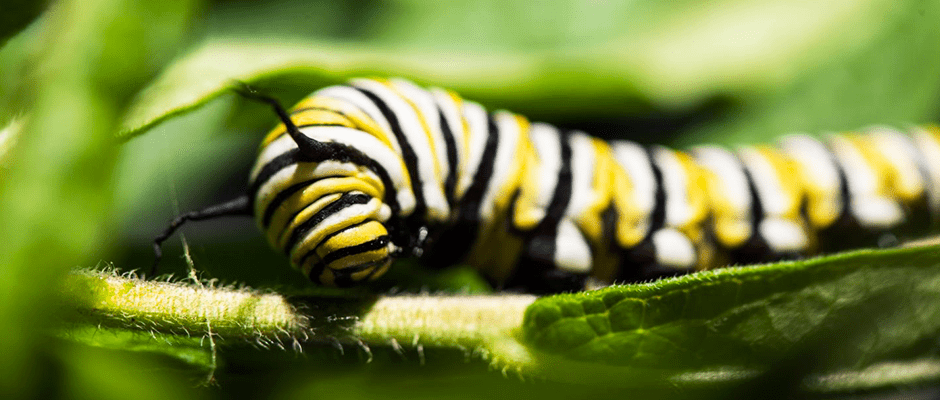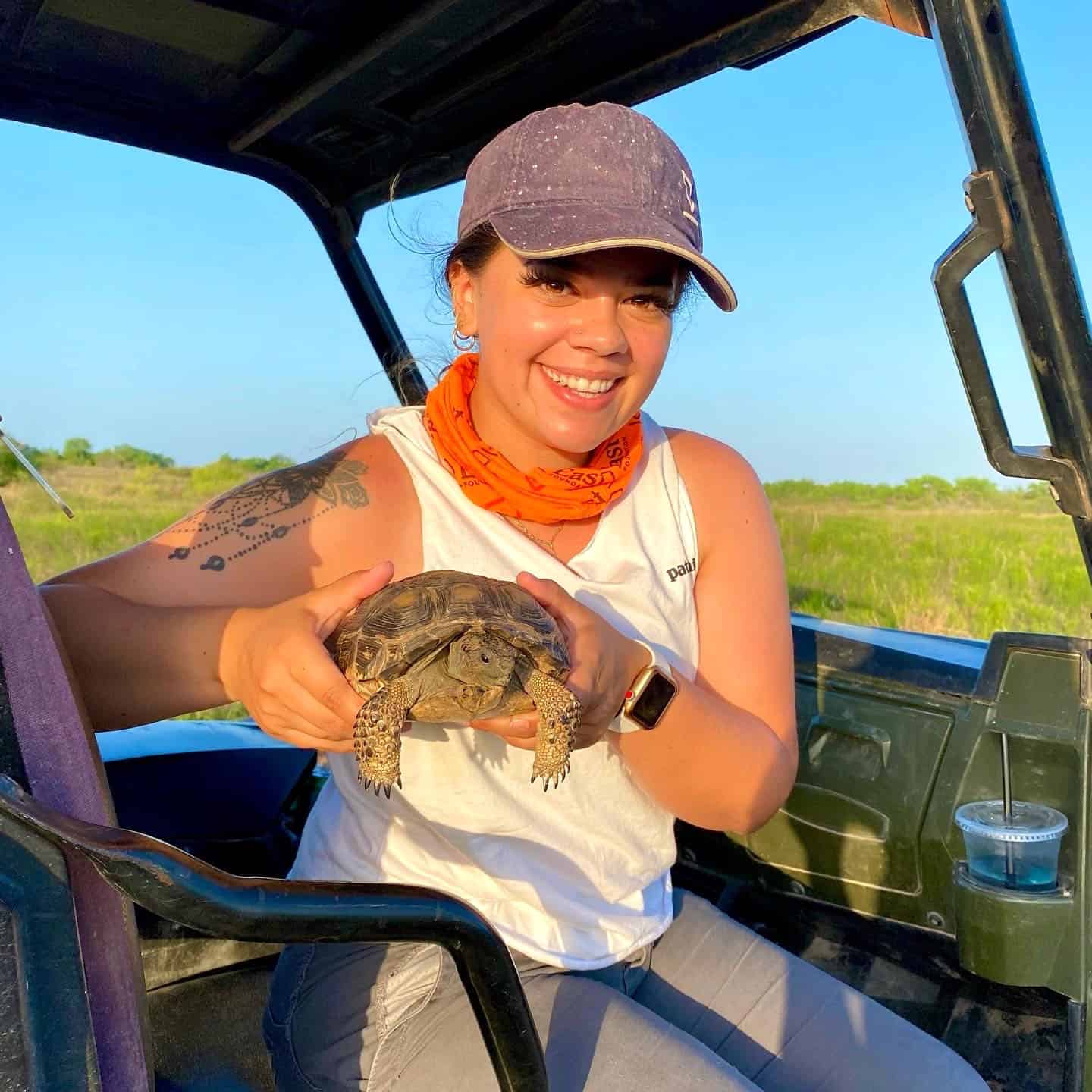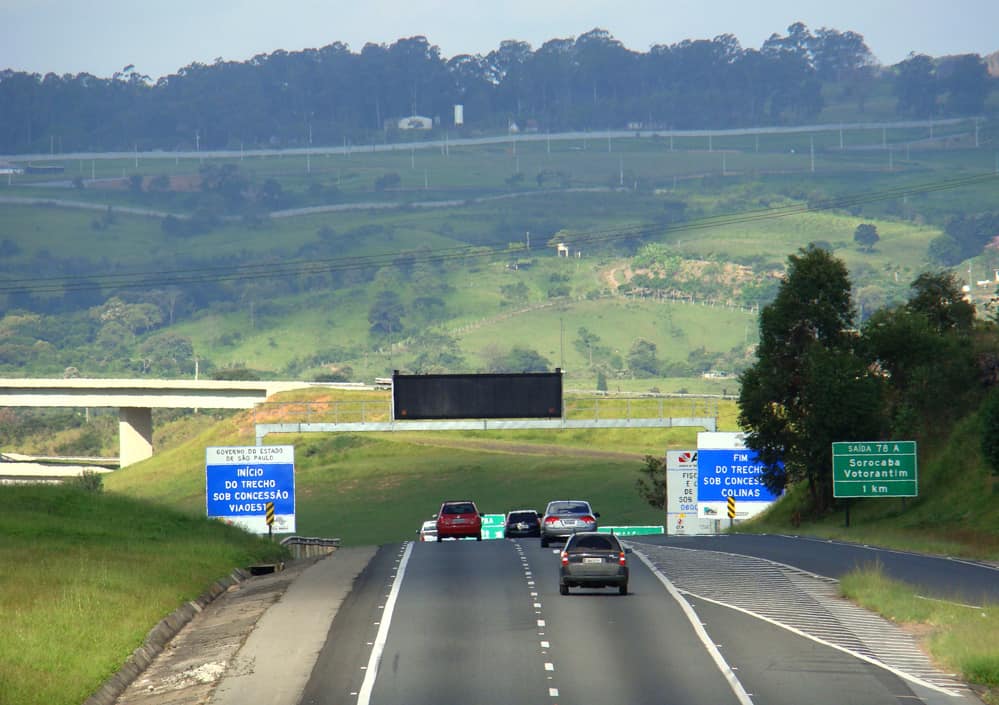Share this article
Monarch Study Shows Good Habitat May Be All in the Earth
Conservation programs looking to restore monarch butterfly habitat by planting vegetation for butterflies to lay their eggs should pay more attention to local plant varieties and quality soil, according to new research.
“When folks call me up asking how they can help with the monarchs, I tell them to use local sources of milkweed, as many species of milkweed as they can, and to use local, high-quality soils,” said Mark Hunter, an ecologist with the University of Michigan and coauthor of a study published recently in Proceedings of the Royal Society B.
Hunter and his coauthors showed that disease transmission among monarch butterflies (Danaus plexippus) occurs across four biological kingdoms —animals, fungi, plants and protozoa.
This biological interaction starts with a protozoan parasite called Ophryocystis elektroscirrha, which has impacts on the survival and fitness of the monarchs they infect.
“For a migrating butterfly like the monarch, this is a pretty bad parasite,” Hunter said of the protozoa, which is related to the parasite that causes malaria in humans.
The butterflies have a kind of “great green pharmacy,” according to Hunter — the milkweed (Genus: Asclepias) plants on which female monarchs lay their eggs and which exude a kind of poison that the insects and their larvae can tolerate but the protozoa can’t.
“That’s what we call a medication behavior,” he said.
But the research showed that not all milkweeds are created equal when it comes to protozoa poison. They grew six species of milkweeds with different types of mycorrhizal fungi — a species of fungus that acts symbiotically with plant roots. The team found that different groupings of these fungi varieties hugely affected the amount of medicinal toxins the milkweed produced.
The good news for prospective monarch mothers is that they can sense this, and tend to lay their eggs on the most toxic milkweed varieties when infected with the parasite.
The meaning of this finding for conservation, Hunter said, “is that very often we think that if we reestablish the plant community during a conservation project, we’ll be fine.”
But bad quality soils don’t produce the same mixtures of the symbiotic fungus that affects the medicinal production of milkweed plants.
“If we don’t restore not just the plants but also the plant chemistry, we’re destroying this great green pharmacy, which animals use to restore health,” Hunter said.
This could be important for the restoration of milkweed habitat — if milkweed is planted in areas where the soil chemistry doesn’t have appropriate fungal mixture, it may not be that suitable for the butterflies.
“It turns out that using local genotypes really matter. Both with the local plants and with the local fungi,” he said. “It’s back to that business of matching local plant types with local soil varieties.”
Header Image:
Monarch caterpillar on a milkweed plant.
Image Credit: Austin Thomason/Michigan Photography








